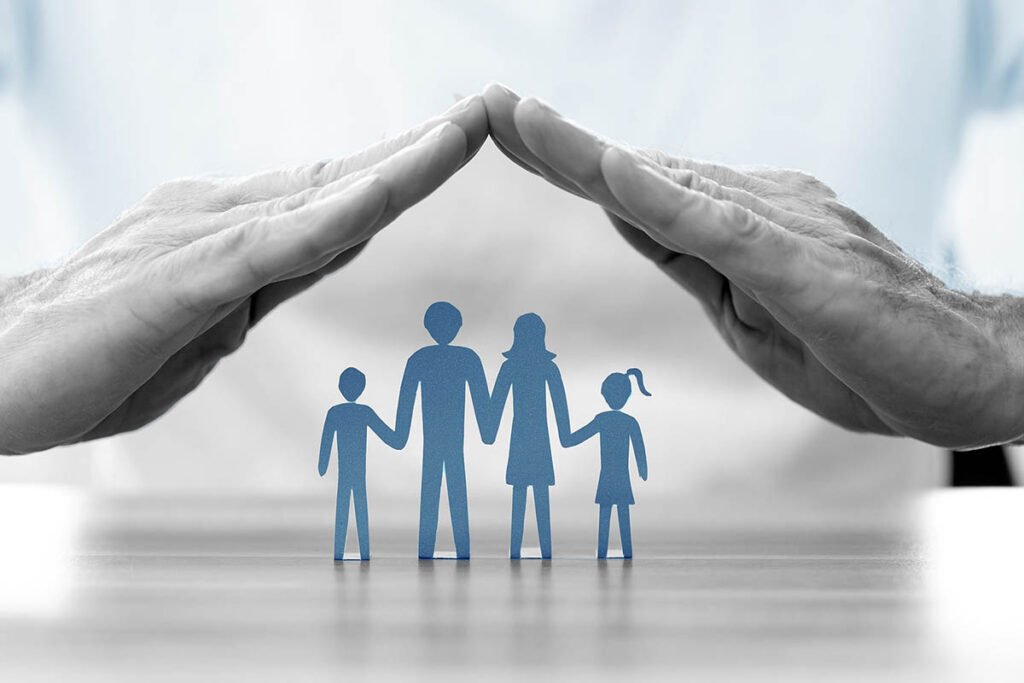
What Happens When You Build a Workday Around People—Not Pressure?
Some trends scream. Others whisper. Dayfor is the latter. No bold headlines. No glossy rebrands. But beneath the surface of office Slack threads and team planning docs, something is changing—and that something often starts with one word: Dayfor.
It’s not software. It’s not a startup. It’s a concept that’s spreading fast among those who’ve had enough of burnout cycles, micromanagement, and to-do lists that never end.
Rethinking the Structure of a Day
The modern workday wasn’t built for creativity or focus. It was built for factories—and somehow never evolved. That’s why so many knowledge workers feel misaligned. They’re expected to produce creative solutions, solve complex problems, and collaborate meaningfully—all while drowning in notifications and pointless meetings.
Dayfor flips the script. It’s about structuring your day around outcomes, not hours. That means fewer interruptions, deeper focus blocks, and a greater sense of ownership.
And here’s the kicker: it actually works.
More Teams Are Quietly Going “Dayfor”
No one’s waving flags about it, but inside creative agencies, tech startups, and even government organizations, a shift is happening.
Instead of scheduling meetings across everyone’s availability, teams are leaving sacred “no-meeting zones.” Instead of watching the clock, employees are setting intentional daily sprints and building async-first workflows.
One content strategist described it this way: “We didn’t roll out a Dayfor policy. We just stopped pretending chaos was productive.”
The Psychology Behind It
Productivity isn’t just about time; it’s about attention. And attention is fragile. Research shows that context-switching kills focus and drains mental energy. Dayfor embraces this science by giving workers permission—and structure—to go deep instead of staying reactive.
It’s not about doing less. It’s about doing the right things at the right time.
Why It’s Working Now
Post-2020, we’ve entered a work era with new expectations. Flexibility isn’t a perk anymore—it’s the baseline. Mental health isn’t taboo—it’s front and center. And rigid 9-to-5 thinking? That’s a relic.
Dayfor isn’t the future of work. It’s the correction. A small but powerful move back toward human-centered design—this time, for the workday itself.
No App. No Noise. Just Better Work.
There’s no central company behind Dayfor. No official guidebook. It’s open-source by nature, passed from leader to team member like a quiet code of sanity.
You’ll know it’s being used when you see people meeting less but collaborating more. When calendars look lighter but outputs are stronger. When employees stop surviving